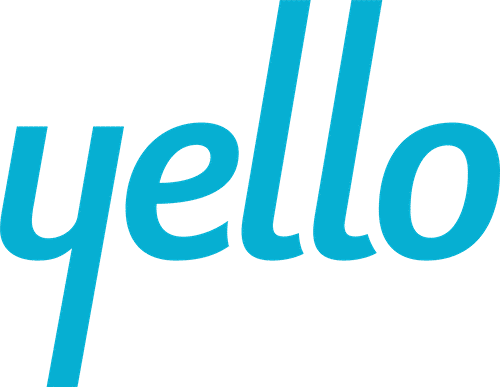We’re here to help with a step-by-step approach to data-driven campus planning. Our method will help you go beyond legacy choices and identify the core schools that will best support your early talent and diversity recruiting efforts.
1. Create specific goals
Start with defining your overall goals (number of diverse candidates in your pipeline, offers extended, and hires made), as well as specific targets for each priority hiring area. For example, meeting diversity or STEM targets for the top of your recruiting funnel is becoming more and more important and is necessary to ensure you meet diversity goals further down the funnel. Identifying specific goals for your funnel and for hires in your target areas will help you create better plans for sourcing and engaging those candidates.
2. Revisit data from past years
Take a look at your performance from previous years with fresh eyes. Assess what schools offer the most value and which should be reconsidered. Just because a school has always been part of your program doesn’t mean it fits your current hiring needs — or needs the same level of investment.
Here are some questions to ask yourself:
- Which schools provide the best ROI — the biggest hiring successes?
- Are there any partnerships that should be assessed?
- Where are we meeting our best candidates? Where are we not?
- Are there any target candidates that we aren’t reaching?
3. Review student enrollment and demographic data
Now that you understand your hiring needs, it’s time to dive into the data. Schools in the U.S. are required to report the demographic information of students enrolled in each program — and that information is available via the Department of Education and IPEDS.
You and your team can use this data to back up your school choices with data, in addition to uncovering new opportunities to invest in untapped programs that fit your target hiring needs (i.e. HBCUs and MSIs, women in STEM, black engineers, etc.).
PRO TIP
Invest in a tool that lets you compare and search schools
Don’t let key campus planning insights stay buried in an endless spreadsheet. Tools like Yello’s Campus Diversity Insights dashboard give you access to key student demographic and diversity info from 2 and 4-year universities in the United States — and you can drill down into intersectionality data, compare trends at target schools, and search for new untapped programs. Learn more.
4. Use all of your research to get buy-in
School choices can feel personal: everyone wants to have a presence at their alma mater or remains attached to where the best candidates came from years ago. Luckily, with hybrid, it’s easier than ever to build a virtual presence at any school. Follow the lead of BDO, who used this strategy to start saying “yes” to their team more:
For your major school investments, use all of the research you’ve done to back up your strategy. And remember: this is a business decision. Tell a story with the numbers to ensure your stakeholders understand how critical your campus investments are to supporting key hiring needs.


